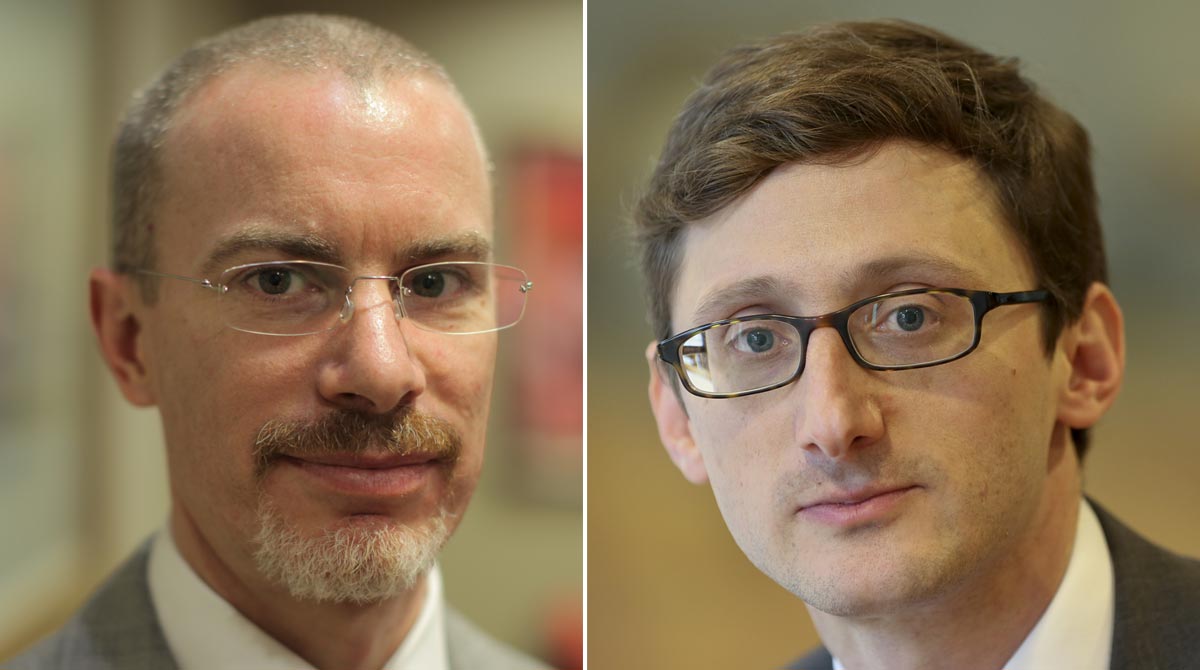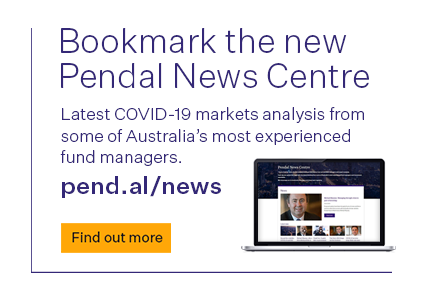Emerging Markets: the key country-level factor to watch right now

Some country-level factors are more important than others for Emerging Markets investors right now. Here are the latest insights from James Syme and Paul Wimborne (pictured), managers of our Global Emerging Markets Opportunities fund.
FOLLOWERS of our emerging markets investment process know we group our selected country-level market drivers into five broad groups.
But we recognise some of these are more important than others at particular times.
The current environment is one of these times, where pre-existing balance of payments strengths and weakness have outweighed the effects of monetary and liquidity stimulus applied across emerging markets.
When we look at the liquidity and monetary environment in emerging economies, we are focusing on the rate of increase of monetary aggregates and lending/credit in the economy.
We are then assessing how sustainable that is in light of inflationary pressures and the degree of leverage in the economy.
Generally, faster rates of money/credit creation are supportive of economic activity and asset prices. Typical beneficiaries are the more cyclical industries such as banks and non-bank financials, capital good and autos and real estate, cement and construction.
Similar to developed markets, the response to the COVID-19 crisis in emerging markets has involved an aggressive monetary policy response.
Rates of money-supply increase and bank-lending increase are up substantially in many countries. This might normally imply a positive outlook for risk assets in these markets. But these are exceptional times and we must act accordingly.
To give a sense of the scale of change, consider Brazil.
In the past 10 years policy interest rates in Brazil have averaged 9.6% and consumer price inflation 5.8%, giving an average real policy rate of 3.6%. At the end of June policy rates reached 2.25% (down from 14.25% in 2016), with consensus inflation expectations at 2.75% for the next 12 months.
Meanwhile, M2 money supply growth reached 23.2% in the year to May, compared to a 10-year average of 10.4%.
At first glance, this is a super-bullish environment for equity investors in Brazil.
However in extreme circumstances, as Keynes noted, monetary policy can amount to no more than pushing on a string.
These are extreme circumstances, and these monetary policy settings have failed to return Brazil to growth.
Although real rates are negative and money creation abundant, loan growth has reached a disappointing 9.2% year-on-year. (In the 2007 boom, when money supply also grew rapidly, bank lending grew 28.8%).
GDP growth in 2020 is predicted to be -6.5%, a forecast that continues to worsen. Similarly, 12-month forecast earnings for the Brazilian equity market (using the Bovespa index) are 36% lower than the start of 2020.
Similar pattern in other emerging markets
Brazil is an extreme case. But there is a similar pattern in other emerging markets where weak current accounts have meant high exposure to external sources of financing, which have proved difficult to support in the current crisis.
Mexico, South Africa, Turkey, Indonesia, the Philippines and India are among other markets with sustained current account deficits that have high levels of money creation but extremely weak economic outlooks.
Markets with generally strong current accounts have been able to maintain stronger levels of economic growth (and even stronger levels of banking lending growth) from a far less aggressive monetary response. These include China, Korea, Taiwan, Malaysia and Thailand.
Even in these unprecedented times, the big risk beta in emerging markets remains largely unchanged.
It remains our view that a diversified emerging market equities portfolio needs selected exposure to both groups of countries – even if one is doing better than the other.
While we have significant exposure to Korea and China, we also retain exposure to India, where corporate earnings expectations have held up better than other countries in the high-risk group.
We also have exposure to Mexico, which we believe is a high-quality market with significant opportunity in more defensive names.
COVID-19 is a shocking new development this year, but it is playing out across emerging markets very much along established lines that we have seen many times before.
James Syme and Paul Wimborne are senior fund managers and co-managers of Pendal’s Global Emerging Markets Opportunities fund.
Pendal is an independent, global investment management business focused on delivering superior investment returns for our clients through active management.
Find out more about our investment capabilities:
https://www.pendalgroup.com/about/investment-capabilities
Contact a Pendal key account manager:
https://www.pendalgroup.com/about/our-people/sales-team/



